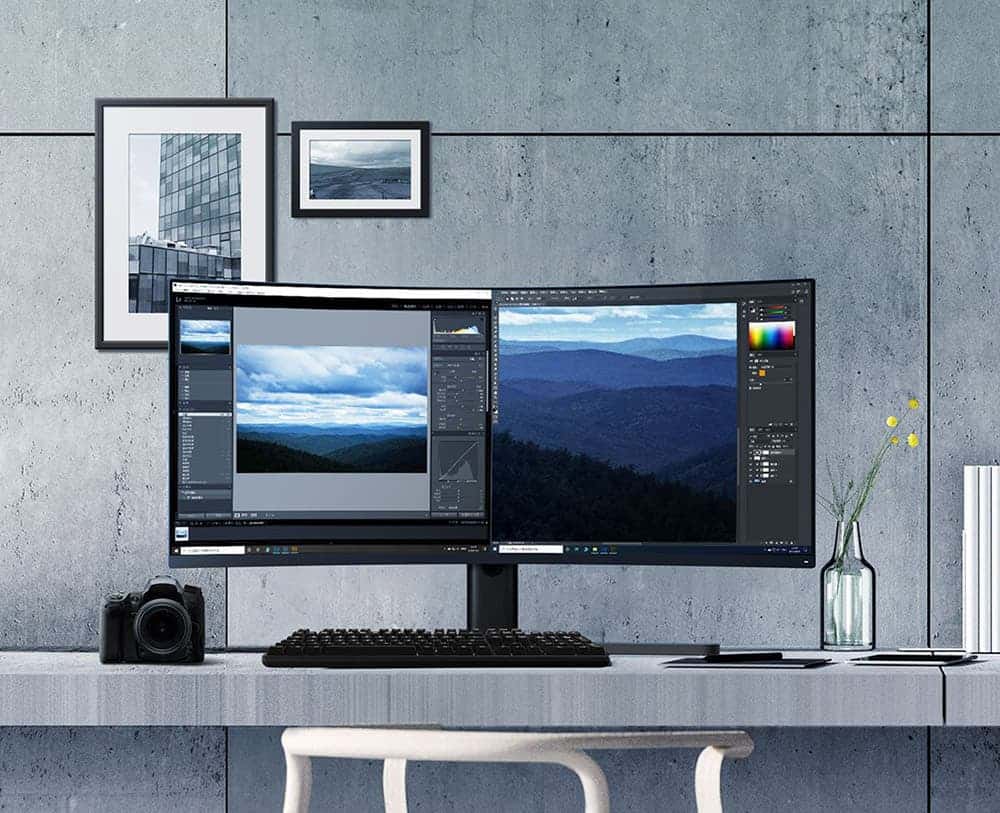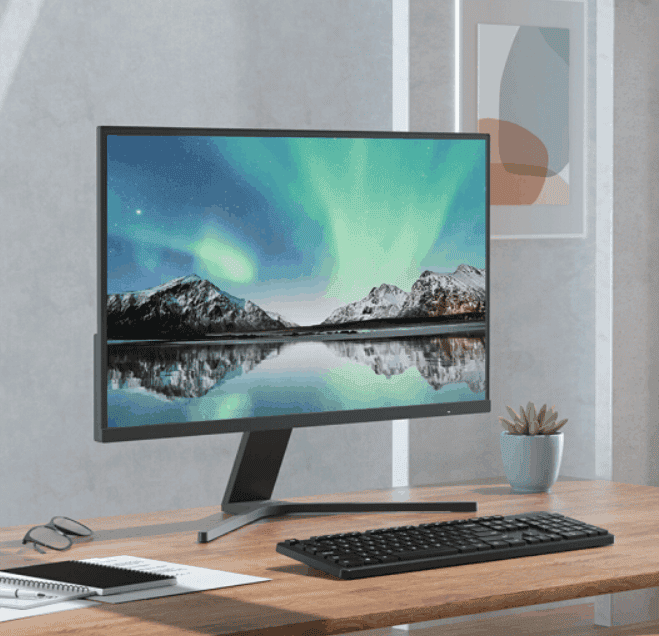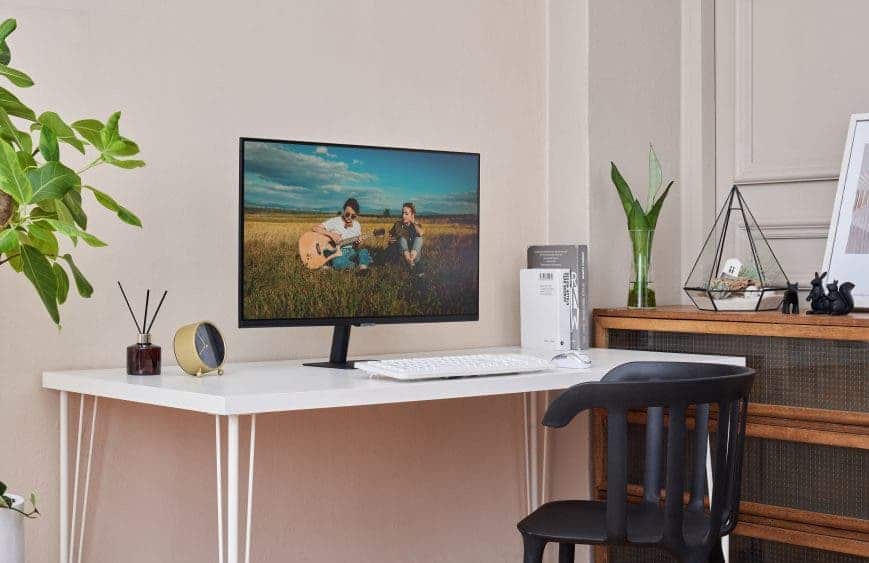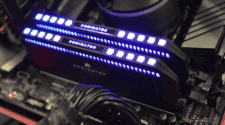Choosing the right monitor for your PC can be a daunting task, especially with so many options available in the market. However, with a little bit of research and an understanding of your needs, you can find the perfect monitor that fits your budget and enhances your computing experience. In this article, we will discuss some key factors to consider when choosing a monitor for your PC.

1. Monitor Types
Before you can even talk about choosing a monitor for your PC, you need to know the monitor types. There are four main types of monitor panels: TN, IPS, VA, and OLED. Each type has its own advantages and disadvantages, and the choice depends on your needs and budget. TN panels are the most affordable and offer low response times, making them ideal for gaming. IPS panels offer better colour accuracy and wider viewing angles, making them suitable for graphic design and photo editing. VA panels offer high contrast ratios and deep blacks, making them ideal for watching movies and videos. OLED panels offer the best colour accuracy and contrast ratios, but they are expensive and not widely available.
2. Purpose
One of the first steps to take in choosing the right monitor for your PC is your purpose. We have seen the four main monitor types above and also listed the areas where each monitor type is best. Thus, you must determine your need before you can make a good choice.
If you are a gamer, then you will need a high refresh rate monitor that offers a low response time. This will be crucial for a minimal motion blur and smooth gameplay. Content creators will need a monitor that gives the best colour and wide viewing angle. However, for regular office or academic work like writing assignments, web browsing, checking emails and so on, a standard LED monitor with a Full HD resolution will be just fine.

3. Monitor Size and Resolution
The size and resolution of a monitor are important factors to consider when choosing a monitor. The size of a monitor is measured diagonally, and it ranges from 21 inches to 32 inches or more. If you lack space, then a 21-inch or 24-inch monitor will offer a decent balance between space management and useability. However, thetechoutlook claims that the 27-inch monitor has the average comfortable view area without take up much space. If you crave an immersive video or gaming experience, then your target should be a 32-inch ultra-wide monitor or higher. This will give a wider field of view.
The resolution of a monitor refers to the number of pixels on the screen, and it ranges from 1080p (1920 x 1080) to 4K (3840 x 2160) or higher. A higher resolution means more pixels on the screen, resulting in sharper and more detailed images. However, ebuyer said that a higher resolution also requires a more powerful graphics card to drive the monitor. The screen resolutions and what they are best for is listed below
- Full HD (1920×1080): Best for casual use with decent visuals for everyday tasks. It is also affordable
- Quad HD (2560×1440): Good for content creators. It offers higher details and clarity for graphics and video editing. It is also a good display for playing basic games like online roulette UK.
- 4K Ultra HD (3840×2160): This display is designed for professionals that displays heavy duty contents. It offers the best visual fidelity as well as details. It is also very expensive.
4. Refresh Rate and Response Time
The refresh rate of a monitor refers to the number of times the screen is refreshes per second. The value is given in Hz. At the moment, most monitors has refresh rates between 60Hz and 240Hz. A higher refresh rate means smoother motion and less motion blur, making it ideal for gaming and fast-paced action. The response time of a monitor refers to the time it takes for a pixel to change from one colour to another, and it is measured in milliseconds (ms). A lower response time means less ghosting and motion blur, making it ideal for gaming and fast-paced action.

5. Monitor Connectivity
The connectivity options of a monitor are important to consider when choosing a monitor. Most modern monitors come with HDMI, DisplayPort, and VGA ports, allowing you to connect to a variety of devices such as PCs, laptops, gaming consoles, and media players. Some monitors also come with USB ports, allowing you to connect peripherals such as keyboards, mice, and external hard drives directly to the monitor. Before choosing any monitor, you have to ensure that the monitor has the necessary ports that your PC supports. Also, if there are other devices that you plan to use with the monitor, ensure that their ports are compatible.
6. Monitor Stand and Adjustability
The stand and adjustability options of a monitor are important to consider when choosing a monitor. A good monitor stand should be sturdy and adjustable, allowing you to adjust the height, tilt, and swivel of the monitor to your liking. Some monitors also come with VESA mount support, allowing you to mount the monitor on a wall or a monitor arm.
Conclusion
Choosing the right monitor for your PC can be a challenging task, but with the right knowledge and understanding of your needs, you can find the perfect monitor that fits your budget and enhances your computing experience. Consider factors such as monitor type, size and resolution, refresh rate and response time, connectivity, and stand and adjustability options when choosing a monitor. With these factors in mind, you can make an informed decision and find the perfect monitor for your PC.





